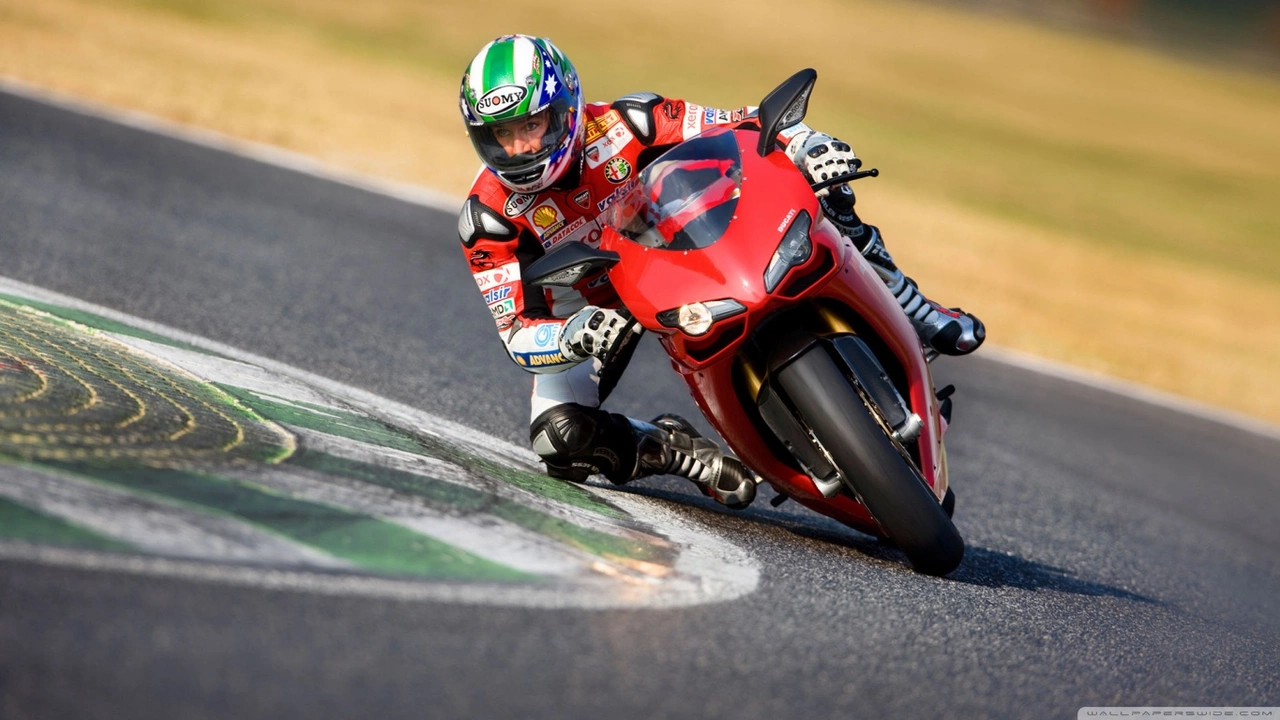Motorcycle racers lean at seemingly impossible angles without falling due to physics and skill. They use a technique called countersteering, where they push the handlebar in the opposite direction of the turn which leans the bike into the turn. Tires designed for racing also play a crucial role, as they are generally wider and softer, providing more grip. The rider's skill in managing their body weight and maintaining balance is also essential. It's a thrilling dance between rider and machine, all governed by the laws of physics.
Motor Sports: Speed, Skills, and the Science Behind the Thrill
Welcome to the world of motor sports, where the roar of engines meets the rush of adrenaline. Whether you watch from the stands, follow the news online, or ride your own bike, there’s always something new to learn. This page gives you practical info, quick tips, and the latest buzz so you can stay in the loop and improve your own riding.
Why Motor Sports Capture Our Hearts
Motor sports combine speed, skill, and a bit of danger, making them impossible to ignore. The sound of a high‑revving engine, the smell of burnt rubber, and the sight of a rider leaning into a corner all create a powerful experience. Fans love the drama of close finishes and the talent it takes to control a bike at the limit. That excitement also spills over to everyday riders who want to bring a bit of that professional feel to their own rides.
The Physics of Leaning: How Racers Stay Upright
One of the most talked‑about questions is how motorcycle racers can lean so far without tipping over. The secret lies in physics and skill. When a rider wants to turn, they first push the handlebar opposite to the direction of the turn – this is called counter‑steering. The bike then leans into the corner, and the rider shifts their weight to keep balance.
Racing tires are wider and softer than regular street tires, giving more grip. That extra grip lets the bike stay planted even when the lean angle exceeds 45 degrees. The rider’s body acts like a counter‑weight, moving in and out to fine‑tune the balance. Together, the bike’s geometry, tire grip, and the rider’s movements create a stable system that can handle extreme angles.
In the post “How do motorcycle racers lean so far without tipping over?” we see that the combination of counter‑steering, tire design, and body positioning lets racers dance with physics instead of fighting it. Understanding this helps any rider feel more confident when pushing the limits on the road.
Want to try it yourself? Start by practicing gentle counter‑steering at low speed. Feel the bike react, then gradually increase your lean angle as you get comfortable. Remember, the key is smooth inputs – jerky moves will throw the bike off balance.
Practical Tips to Bring Race‑Level Skills to Your Riding
1. **Check your tire pressure** – Proper pressure gives the best grip. Too low or too high reduces stability.
2. **Practice body position** – Move your hips towards the inside of a turn and keep your elbows relaxed. This shifts weight where you need it.
3. **Use the brakes before the turn** – Slow down in a straight line, then tap the front brake just before you start to lean. It helps the bike settle into the corner.
4. **Look where you want to go** – Your eyes guide your bike. Focus on the exit of the turn, not the apex, and the bike will follow.
5. **Stay relaxed** – Tension makes the bike feel stiff. Keep your shoulders down and breathe.
By adding these habits to your routine, you’ll notice smoother corners and more confidence on twisty roads. Even if you never race, the skill set improves everyday riding safety.
Motor sports aren’t just for professionals; they’re a source of knowledge that anyone can use. From learning why racers can lean so far to applying simple techniques on your bike, there’s always a way to make the ride more exciting and safer. Keep checking the latest news, try out the tips, and enjoy the thrill of the ride.
